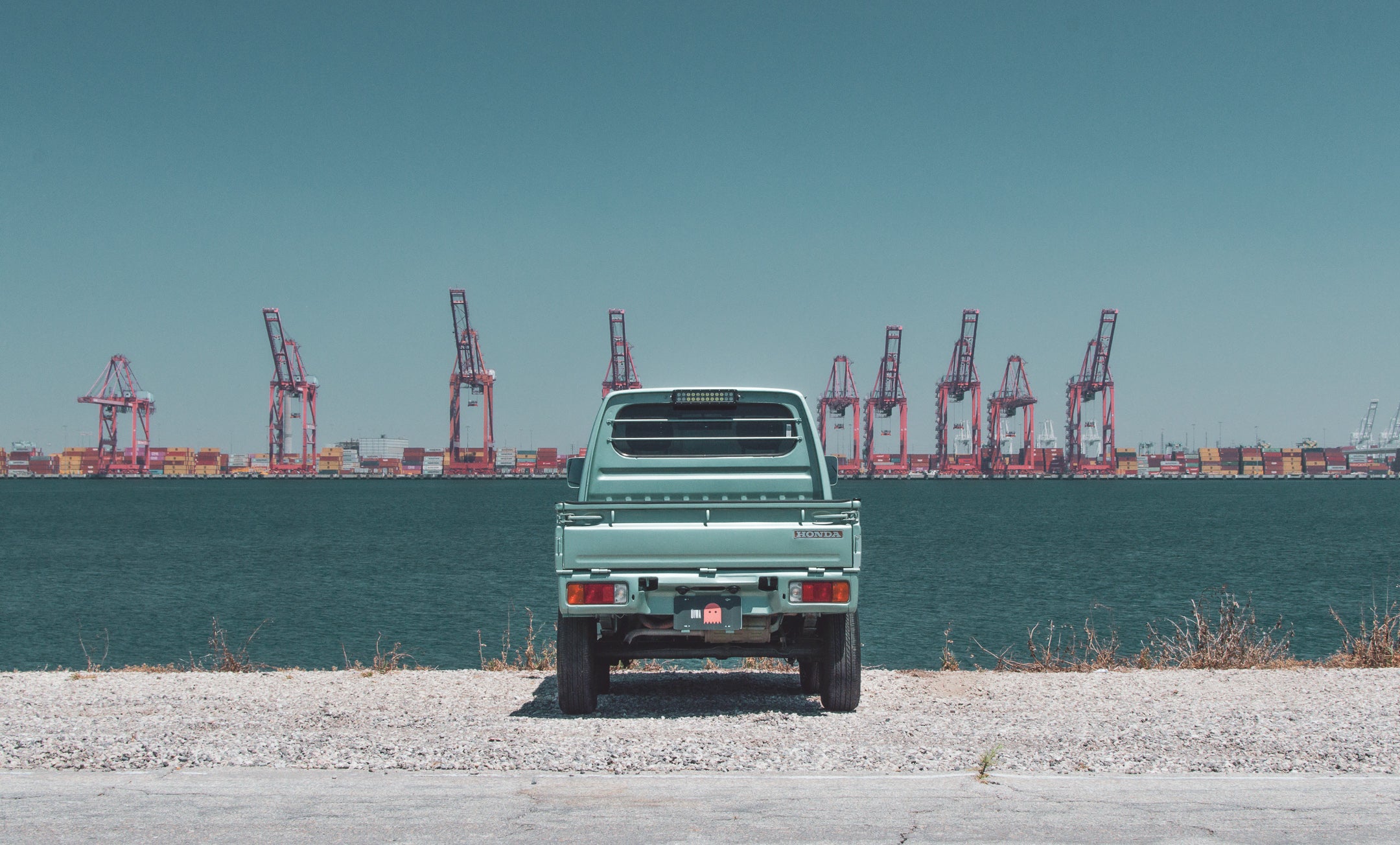In the sleepy town of Mito, nestled in Japan’s Ibaraki Prefecture, a peculiar scene unfolded in the dim light of dawn. The streets, usually quiet and unassuming, were alive with whispers about a phantom kei truck racing through the town square. It was said to move with an agile swiftness, cutting through the morning mist, its engine a low, throaty growl that sent shivers down the spines of early risers.
Revitalize Your Kei Today Discover Oiwa Garage Exclusive Upgrades Shop Now!
April 1967, Tokyo*: The streets were bustling with the energy of a nation on the brink of economic rebirth. In the aftermath of World War II, Japan was reconstructing its identity—and its vehicles. The kei truck emerged as a symbol of this transformation, a compact workhorse designed to navigate the narrow alleyways and bustling markets of a rapidly urbanizing society. These diminutive trucks, governed by strict regulations, had a maximum displacement of 360cc, a constraint that kept their speed modest. Yet, as years passed, technological advancements began to whisper promises of greater velocity.
In contemporary times, the mystery of how fast a kei truck can go is both a question of engineering and regulation. By design, kei trucks are capped at a top speed of approximately 70 to 90 km/h (about 45 to 56 mph) depending on the make and model. This limitation is imposed not only by engine capacity—traditionally no more than 660cc—but also by safety regulations that prioritize economy and practicality over pace.
Find Your Dream Kei Truck in Japan and Claim Your Free Import Consultation Today!
But what if the limits were tested? In a small garage tucked away in the backstreets of Nagoya, a mechanic known only as "Kaito" has become something of a legend among kei truck enthusiasts. It is said that Kaito can coax unheard-of speeds from these machines, pushing them beyond their humble beginnings. Through meticulous tuning and whispering mechanical secrets into their engines, his modified kei trucks have reportedly reached speeds upwards of 120 km/h (about 75 mph). Such feats, however, remain cloaked in shadow, as Kaito's work skirts the edges of legal limits.
Yet, the allure of speed is not the sole domain of tuners and renegades. Kei trucks, while primarily known for their utility and fuel efficiency, have also been pivotal in rally and off-road events, where agility rather than sheer speed becomes the metric of performance. Here, the question of speed transforms—how fast can a kei truck maneuver through a twisting forest trail or a muddy field? In these arenas, the trucks prove their mettle, dashing through courses with a nimbleness that belies their modest specs.
In a conversation with automotive historian and kei truck aficionado, Hiroshi Tanaka, the cultural significance of these vehicles is unpacked. “Kei trucks were never about speed,” Tanaka states, “but about accessibility and ingenuity. They are a testament to Japan’s ability to adapt and innovate under constraints.” Tanaka recounts the evolution of kei trucks from their inception, highlighting how each iteration brought incremental improvements in both power and efficiency, quietly shifting the boundaries of what these compact vehicles could achieve.
As the sun set in Mito, the phantom kei truck was but a memory, a ghost of velocity that left behind a trail of speculation and awe. In the realm of kei trucks, speed is not just a measure of distance over time; it is a narrative of innovation, a testament to the human spirit's unyielding pursuit of pushing boundaries.
So, how fast can a kei truck go? Officially, not fast enough to break any speed records. But in the hands of enthusiasts, and within the context of its rich cultural tapestry, the kei truck's potential for speed becomes a thrilling, open-ended question that continues to captivate and inspire.
Upgrade Your Kei Performance with Oiwa Garage Unbeatable Service Shop Now!

